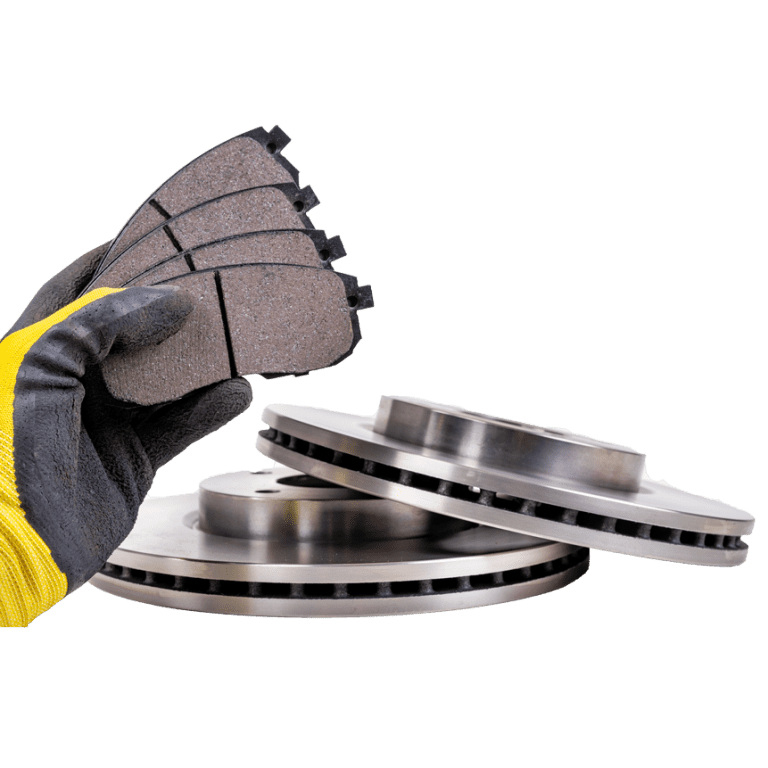Friction
Iron powder is used as a bonding material in the friction material matrix because it helps in reducing wear, noise absorption, thermal transfer & more.
Our hydrogen and carbon-reduced Sponge Iron Powder is effective in providing such properties.

Different Grade Specifications
-
ATOMISED IRON POWDER
- SPONGE IRON POWDER
Low density Atomised Iron Powder offering high green strength to the parts with thin edges or lugs.
AD – 2.95 gm/cc
GD – 7.10 gm/cc
GS – 44 MPa *
*600 MPa die-wall
AD – 1.20 gm/cc
Hydrogen Reduced
20 Mesh Powder
AD – 1.50 gm/cc
Carbon Reduced
20 Mesh Powder
Low Density Sponge Iron Powder for low density sintered parts.
AD – 2.50 gm/cc
GD – 6.60 gm/cc
100 Mesh Powder
At SLM Metal, we specialize in producing high-quality iron and metal powders designed to meet the evolving demands of advanced manufacturing. One of the most important uses of our powders lies in friction applications, where reliability, durability, and performance are critical.
Role of Iron Powder in Friction Materials
Friction materials—used in brakes, clutches, and other critical automotive and industrial components—require a carefully engineered matrix of binders, fillers, and reinforcements. In this matrix, iron powder serves as a key bonding and performance-enhancing material.
By integrating iron powder into the friction mix, manufacturers gain the following benefits:
Wear Resistance
Iron powder strengthens the composite structure, minimizing wear and extending component life under high load and repeated use.Noise Reduction
Its ability to dampen vibrations helps absorb noise, ensuring smoother and quieter braking or clutch performance.Thermal Conductivity
Iron powder improves heat transfer within the friction matrix, dispersing heat generated during braking or clutch engagement and preventing localized hot spots.Controlled Friction Stability
Iron powder enhances the consistency of the friction coefficient, ensuring reliable performance across varying operating conditions.Bonding and Mechanical Strength
It acts as a reinforcing material, improving the overall bonding of the matrix and enhancing the structural integrity of the final product.
Our Sponge Iron Powder Advantage
At SLM Metal, we supply hydrogen- and carbon-reduced Sponge Iron Powder, which is highly effective in friction applications due to its:
High purity, ensuring stability in the friction matrix without introducing contaminants.
Porous structure, enabling excellent bonding with other materials.
Stable particle size distribution, ensuring predictable and repeatable performance.
Controlled reactivity, allowing for improved heat transfer and wear characteristics.
These properties make our powders especially suitable for automotive brake pads, clutch facings, heavy-duty friction linings, and industrial braking systems.
Benefits for Friction Material Manufacturers
By choosing SLM Metal’s specialized iron powders, manufacturers can achieve:
Extended service life of friction products.
Reduced noise and vibration, leading to enhanced end-user satisfaction.
Improved safety and reliability under extreme operating conditions.
Optimized production efficiency, with consistent powder quality tailored to specific application needs.
Applications Across Industries
Our iron powders are widely used in:
Automotive braking systems – passenger cars, trucks, and heavy-duty vehicles.
Industrial braking solutions – cranes, elevators, and heavy machinery.
Clutch systems – both automotive and industrial.
Railway braking applications, where durability and heat resistance are paramount.
The application of iron powder in friction materials is essential for achieving the perfect balance of wear resistance, noise control, thermal management, and durability. At SLM Metal, our hydrogen- and carbon-reduced Sponge Iron Powder is engineered to deliver superior performance in the most demanding friction applications.
Partner with us to enhance the reliability, safety, and efficiency of your friction products with our high-quality iron powders.
